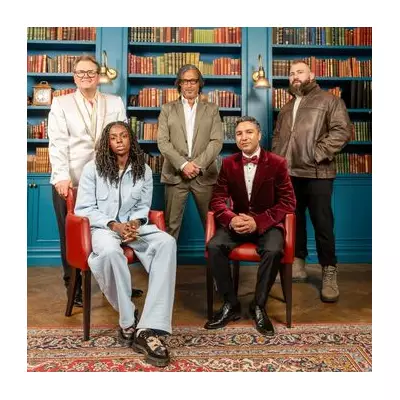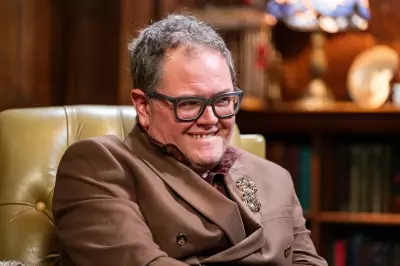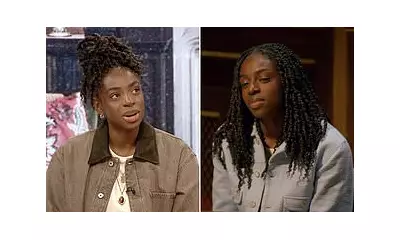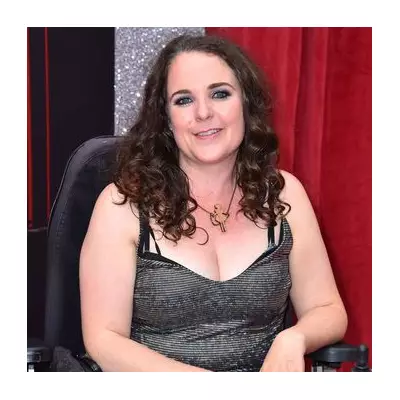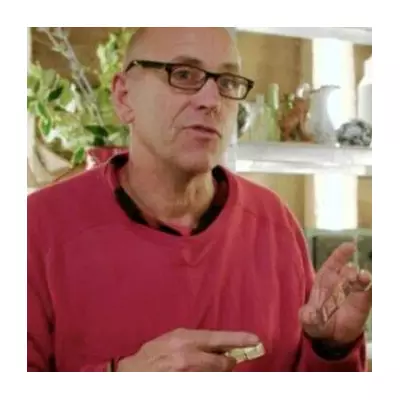
The private world of John Updike, one of America's most celebrated literary figures, has been unveiled through a comprehensive collection of his personal correspondence. John Updike: A Life in Letters, edited by James Schiff, presents more than six decades of the author's remarkable correspondence, offering unprecedented insight into both his creative process and personal relationships.
The Making of a Literary Genius
Born in 1932 in Pennsylvania, Updike spent his first thirteen years in Shillington before his family relocated to a farmhouse in Plowville. As an only child, he maintained particularly close bonds with his parents throughout their lives. His father, a high school mathematics teacher, supplemented the family income during Depression years by working on road maintenance crews. Meanwhile, his mother Linda pursued her own writing ambitions, eventually achieving publication in the New Yorker - the very magazine that would become her son's literary home.
Updike's escape from rural life came in 1950 when he entered Harvard University on a scholarship to study English. Even during his college years, he demonstrated extraordinary dedication to correspondence, addressing lengthy, descriptive letters specifically to his mother and sending approximately two thousand letters, notes and postcards to family members in Plowville.
Early Ambition and Literary Pursuits
Updike's drive for literary recognition emerged remarkably early. At just thirteen years old, he began submitting poems, drawings and various pieces to magazines including the New Yorker. By fifteen, he was recommending James Thurber's short stories to Ellery Queen's Mystery Magazine and courting relationships with cartoonists, publishers, and even the Pentagon. This demonstrated a precocious understanding of literary networking that would serve him throughout his career.
Harvard scholar James Schiff, who edited the collection, notes that from his earliest writings, Updike displayed an innate talent for prose, being incapable of writing a bad sentence. While some early letters test readers' patience with their jaunty tone and lengthy passages, they nevertheless reveal extraordinary energy, sharp observation, and literary promise in one so young.
Creative Battles and Personal Conflicts
The collection reveals Updike's surprising toughness when facing creative challenges. At twenty-eight, he found himself in a significant battle over censorship surrounding his second novel, Rabbit, Run (1960). Both his American publisher Alfred A Knopf and British publisher Victor Gollancz objected to language and descriptions they considered obscene, threatening the novel's publication entirely.
In a letter dated 2 July 1960, Updike displayed remarkable principle, writing to Gollancz that there is only one honourable and decent thing for me to do, which is to insist that the book be published as I wrote it or not at all. He added that compromising his text would leave him without moral ground. Ultimately, however, he accepted the lawyers' recommended changes with characteristic stoicism, recognising compromise as the only possible solution.
Updike's approach to depicting sexuality in his work was characteristically practical. He didn't write to shock or assert masculinity, but simply believed intimate relationships between men and women deserved the same accurate, intense description as any other human interaction.
Personal Turmoil and Literary Legacy
The letters from the early 1970s provide particularly revealing reading, documenting Updike's separation and divorce from his first wife Mary and his subsequent relationship with Martha. These pages show a different side to the typically urbane writer - at times cruel, often passionate, and frequently pained. Simultaneously, the correspondence reveals he maintained other romantic entanglements during this turbulent period.
His 1968 novel Couples, which earned him $400,000 for film rights to a movie never made, contained such explicit erotic content that it nearly overwhelmed the narrative. The characters so closely resembled Updike's social circle in Ipswich, Massachusetts that libel lawyers became involved. When asked for her reaction to the book, his wife Mary famously remarked that she felt as if she were choking on pubic hair.
Despite his serial infidelities, Updike maintained his Episcopalian faith throughout his life, albeit with acknowledged lapses. In a fascinating juxtaposition, a July 1960 letter to his Plowville family discusses both the Rabbit, Run censorship dispute and his volunteer work at local Bible school.
Towards the end of his life, Updike expressed concern about his literary legacy, worrying he had become an elderly duffer whose tales of suburban American sex are hopelessly yawnworthy period pieces. Yet the quality of his prose remained extraordinary throughout his career, with even the notoriously critical Vladimir Nabokov offering him praise.
John Updike: A Life in Letters edited by James Schiff is published by Hamish Hamilton (£40).

